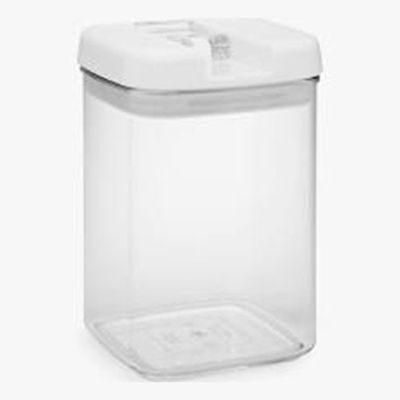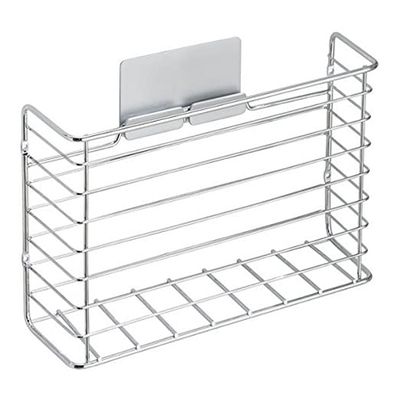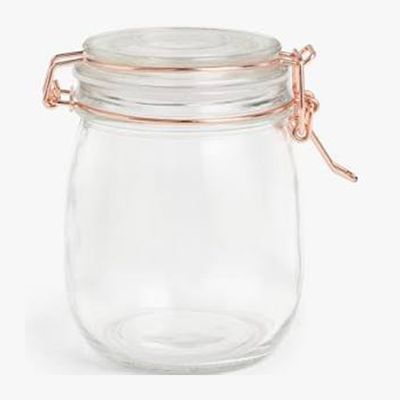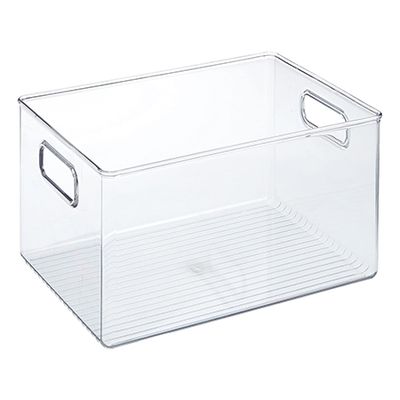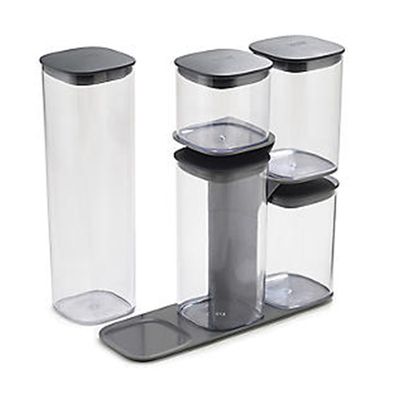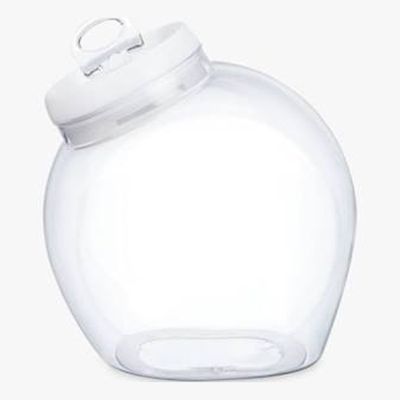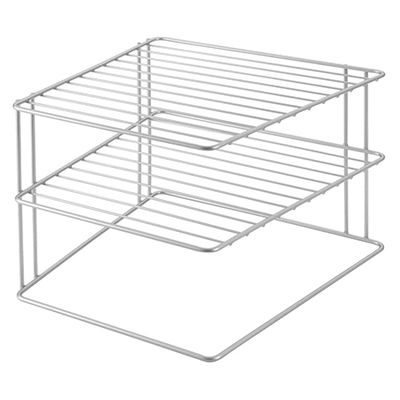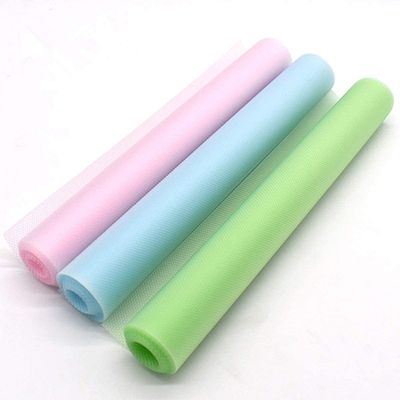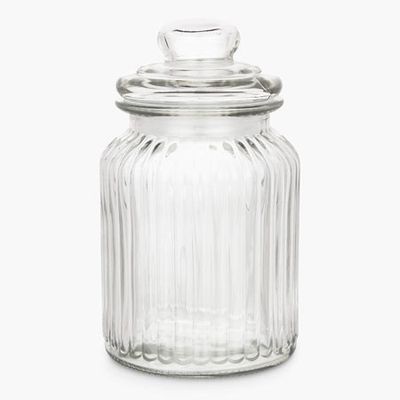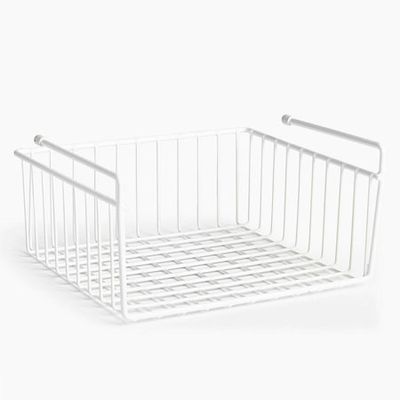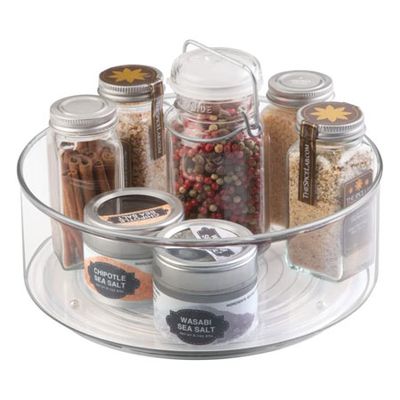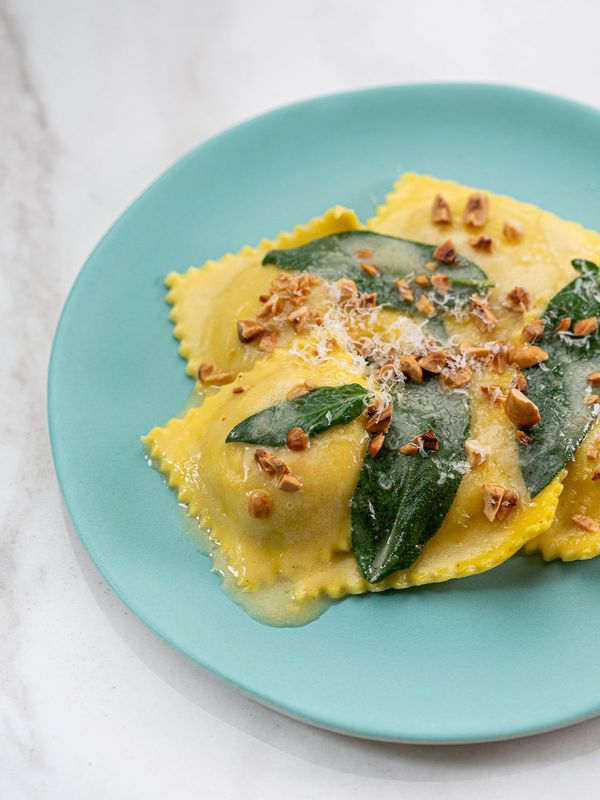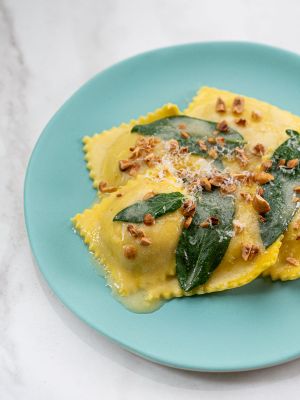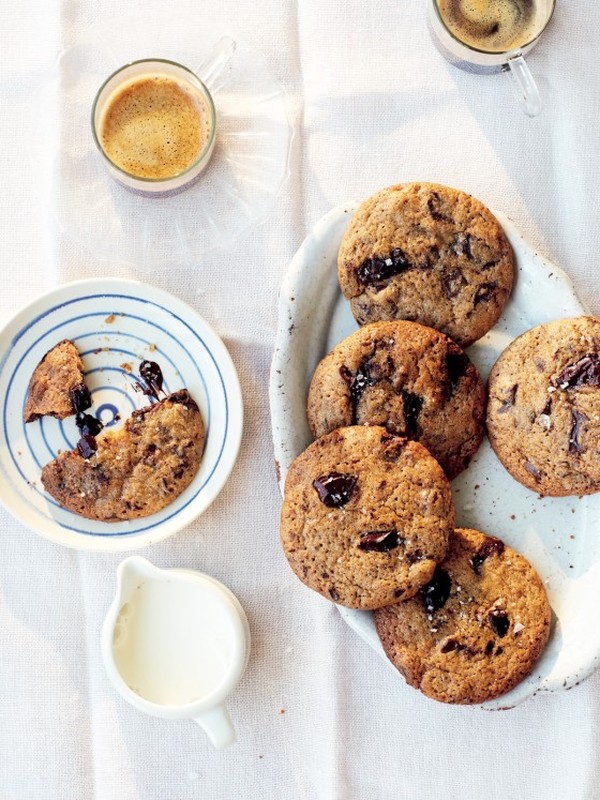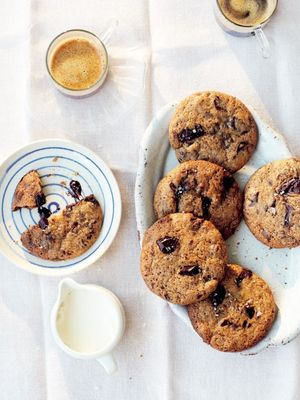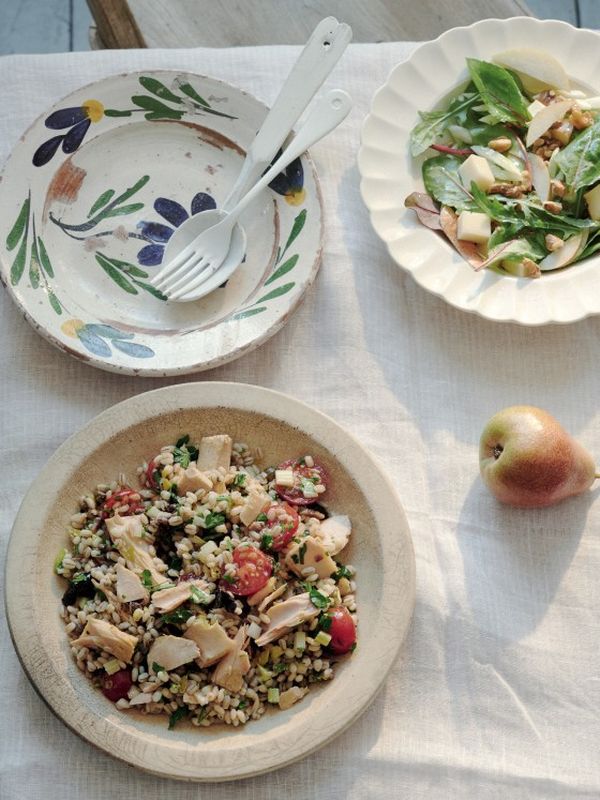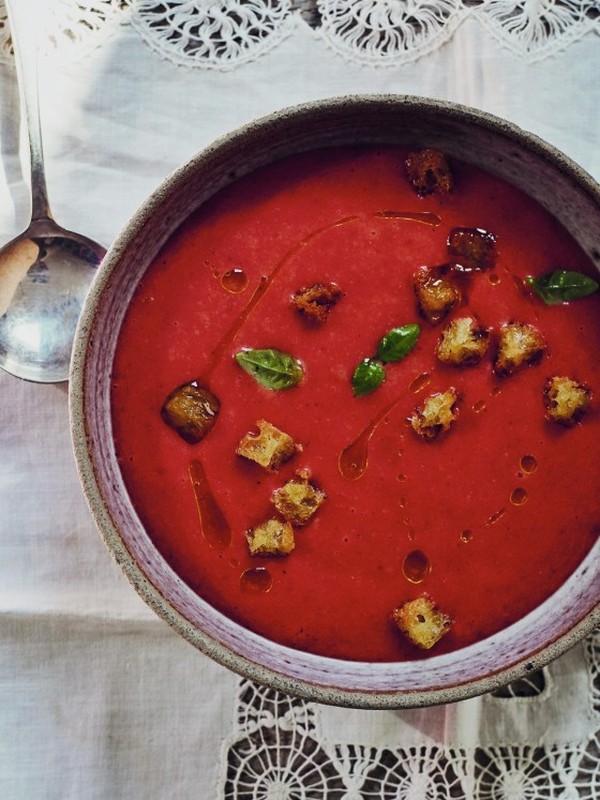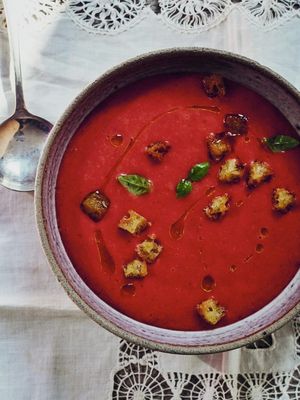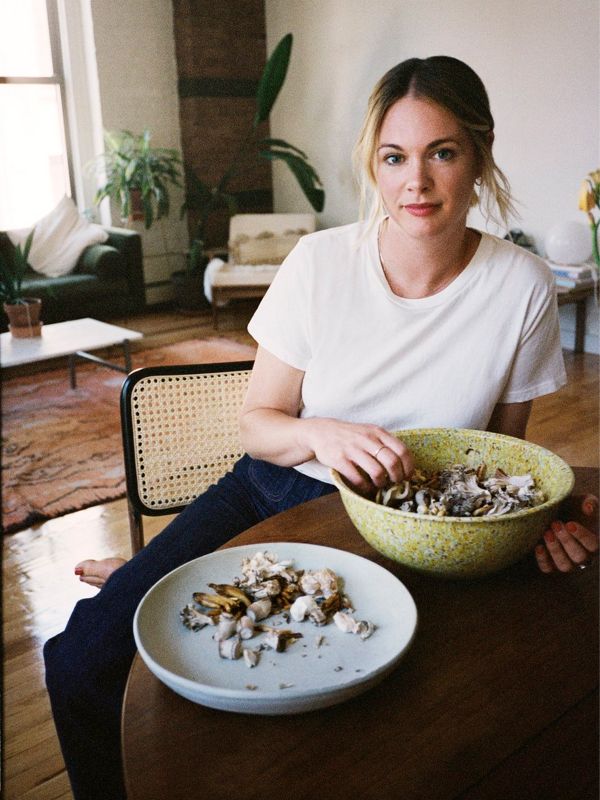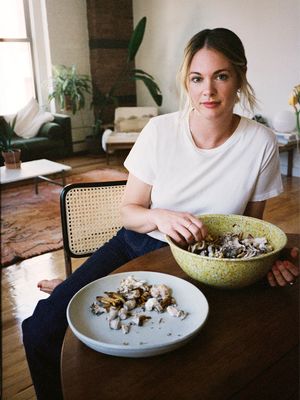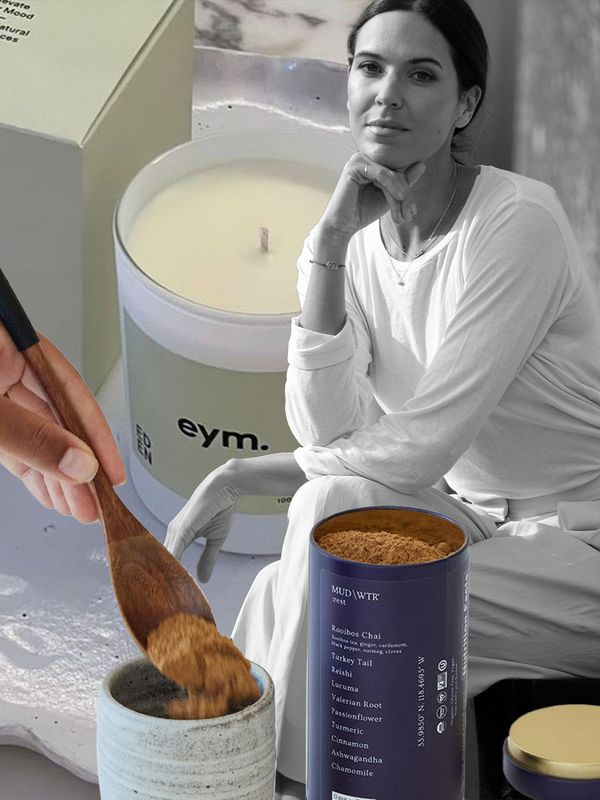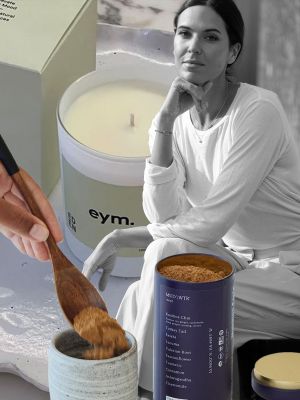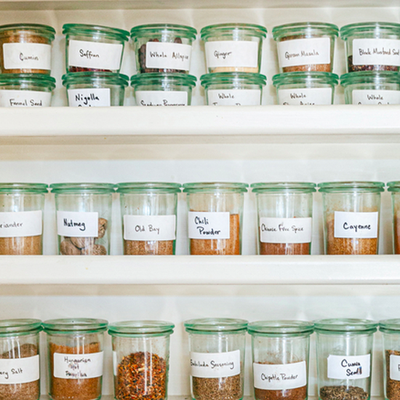
11 Steps To Organise Your Pantry
CLEAN IT OUT
The first step is to remove all of the existing items from your pantry or cupboards so you can discard out-of-date items and donate non-perishable items you don’t plan to use to a local food bank. From there, give the cupboards, shelves or drawers a deep or thorough clean using a good, multipurpose cleaner. If you’re struggling to get your hands on the right suppliers, tackle any sticky grease or stains using a solution of white vinegar (one cup) and hot water (two cups). Soak a clean cloth in the solution, before wringing it out and wiping down the affected surfaces.
MEASURE & LINE YOUR SHELVES
Measuring the depth of your shelves (and the space between them) will help you determine what equipment and containers will work best in your pantry. To prevent spills or stains, it’s also worth lining all shelves with a heavy-duty liner to protect surfaces.
SELECT YOUR CONTAINERS
Transfer your pantry staples – think pasta, flour and rice – into see-through jars or canisters. Not only will it help preserve the freshness of these items, it’ll be easier to see when you're starting to run low. It’s also one of the quickest and simplest ways to make your pantry look neat and tidy. Items such as flour, seeds, nuts, small snacks and dried fruits look fantastic when displayed in clear glass jars, while larger items like bottles or bags should be kept in baskets, which can then be placed onto the lower levels so they’re still in easy reach. Think about splitting deep shelves with tiered cupboard organisers or adding clip-on drawer baskets underneath shelves to expand storage options.
AVOID PERMANENT LABELLING
When browsing Instagram, it’s easy to be sucked into the idea that labelling jars or containers is a good idea. Just avoid labelling anything with a permanent pen or sticker in case you plan to repurpose the container later down the line. Also, think about marking the best before or expiration date so you can keep track of what needs using when.
INSTITUTE A FIRST IN, FIRST OUT POLICY
On the topic of expiration dates, remember to keep the older items at the front and add newer produce to the back. This will encourage you to reach for the still relatively fresh items first and create less waste overall. It’s a method which applies specifically to those items you may have multiples of (think beverages, soups and extra boxes of cereal). Finally, keep canned goods from getting ‘lost’ on deep pantry shelves by stacking them on a tiered shelf organiser. Another option is a gravity-fed can dispenser, or a Lazy Susan to make rummaging through the pantry that bit quicker and more streamlined.
‘ZONE’ SIMILAR ITEMS
Build a pantry that works best for you by grouping similar items or items you use together. This might include placing baking supplies – such as bicarb or baking powder – together in small baskets or containers or putting all your snack bars in another. Using clear storage will mean you can see everything at once, too.
SEPARATE SOME PRODUCE
Many people like to stock up on certain cooking staples, like onions and potatoes, in their pantry. Just make sure they’re not mingling. Onion and garlic can be stored together, but neither should mingle with potatoes as doing so hastens their spoiling. Also, be sure to keep flour away from strong spices like cumin or paprika so it doesn’t absorb their flavour. Finally, try to keep bread out of the pantry, and in a separate bread bin so it stays fresh for longer, and doesn’t absorb any scents or flavours from other items in the pantry.
BUILD AN ‘ENTERTAINING’ BASKET
The most well-organised pantries will readily anticipate food-related emergencies. With that in mind, be sure to stock a selection of quick and easy starter ingredients, napkins, and even trays in a basket. If you store them on a top shelf, they won’t take up crucial room where everyday products should go, but when company arrives (sometimes at the last minute) you’ll be able to pull one down and lay on a spread – fast.
PUT THE DOORS TO GOOD USE
The inside of your cabinet doors offer valuable storage space – especially for those items you often reach for and aren’t too bulky. That includes aluminium foil, freezer bags, kids’ snacks, and cooking tools. All you need to make the most of this space is an over-the-door storage solution—a shoe rack works well. Think about whether doors could do with a chalkboard installing on the inside, too, for family members to add to a grocery list as things run low.
RE-ARRANGE TOOLS & UTENSILS
Try not to take up precious shelf space in your pantry with your cookware. Hang bulky or seldom-used utensils from hooks mounted on the wall or the back of the door. Your most-used cookware should remain in your kitchen drawers or cupboards elsewhere.
Inspired? Shop our pantry storage & organisation edit below…
DISCLAIMER: We endeavour to always credit the correct original source of every image we use. If you think a credit may be incorrect, please contact us at info@sheerluxe.com.
